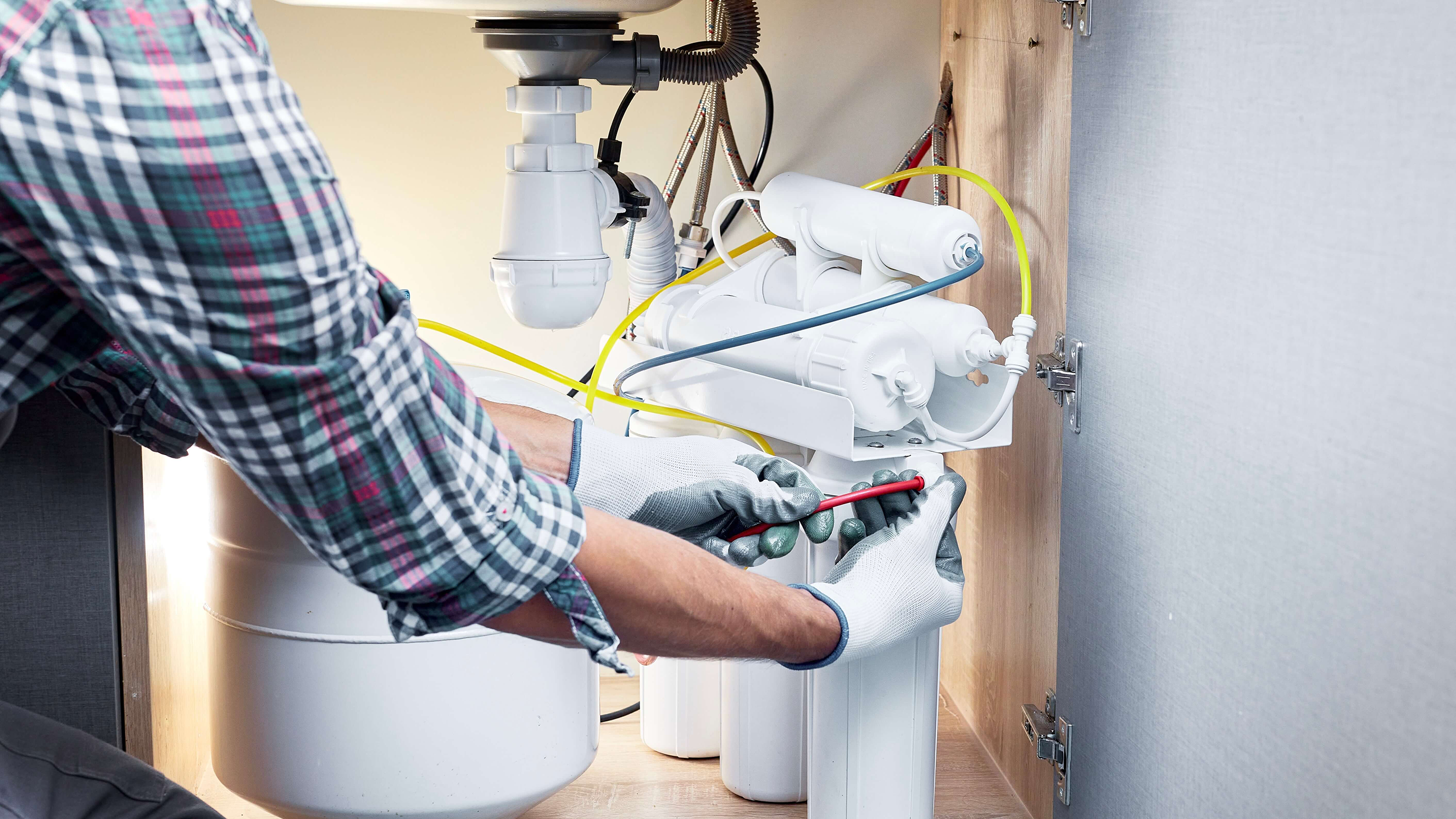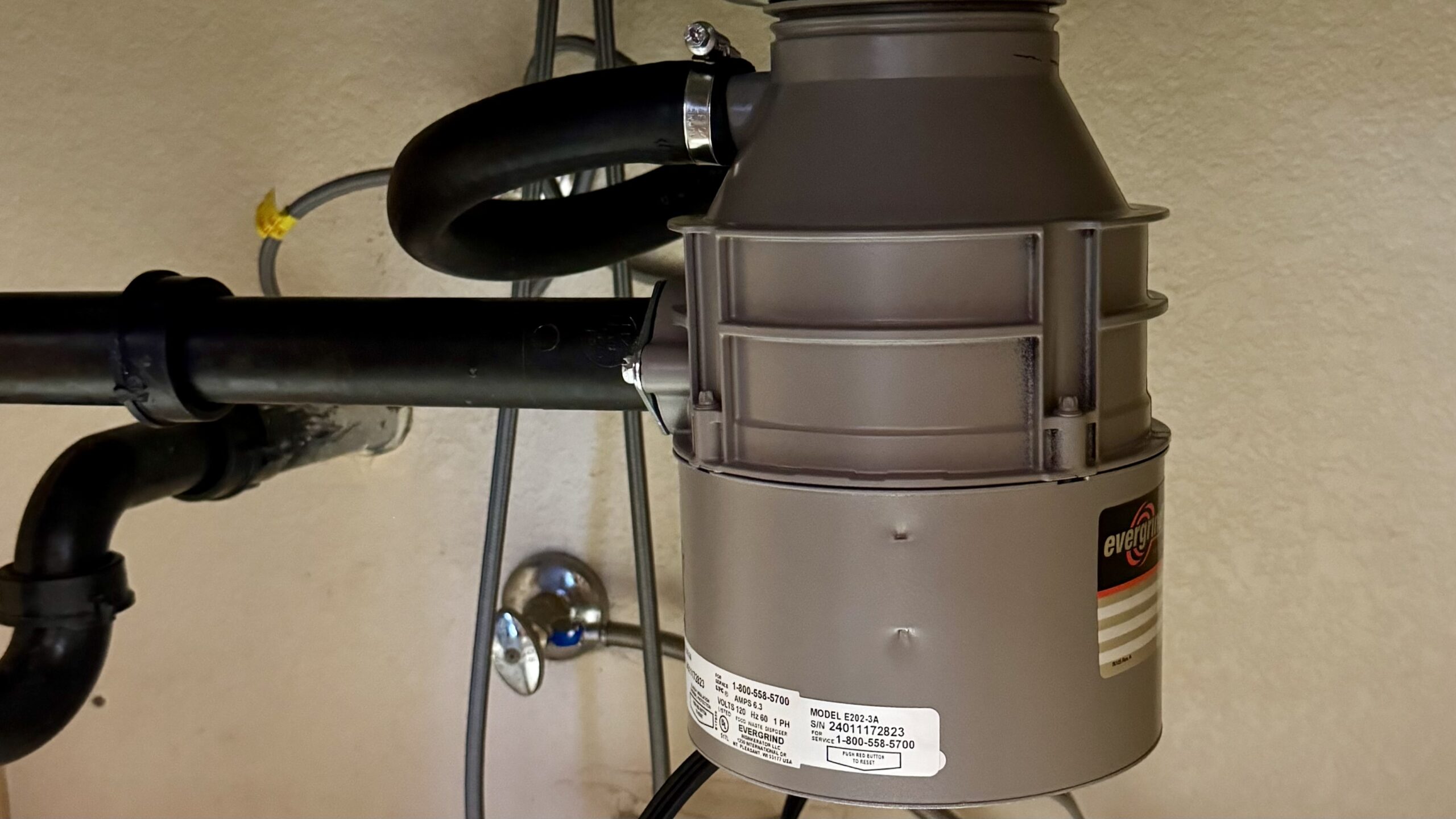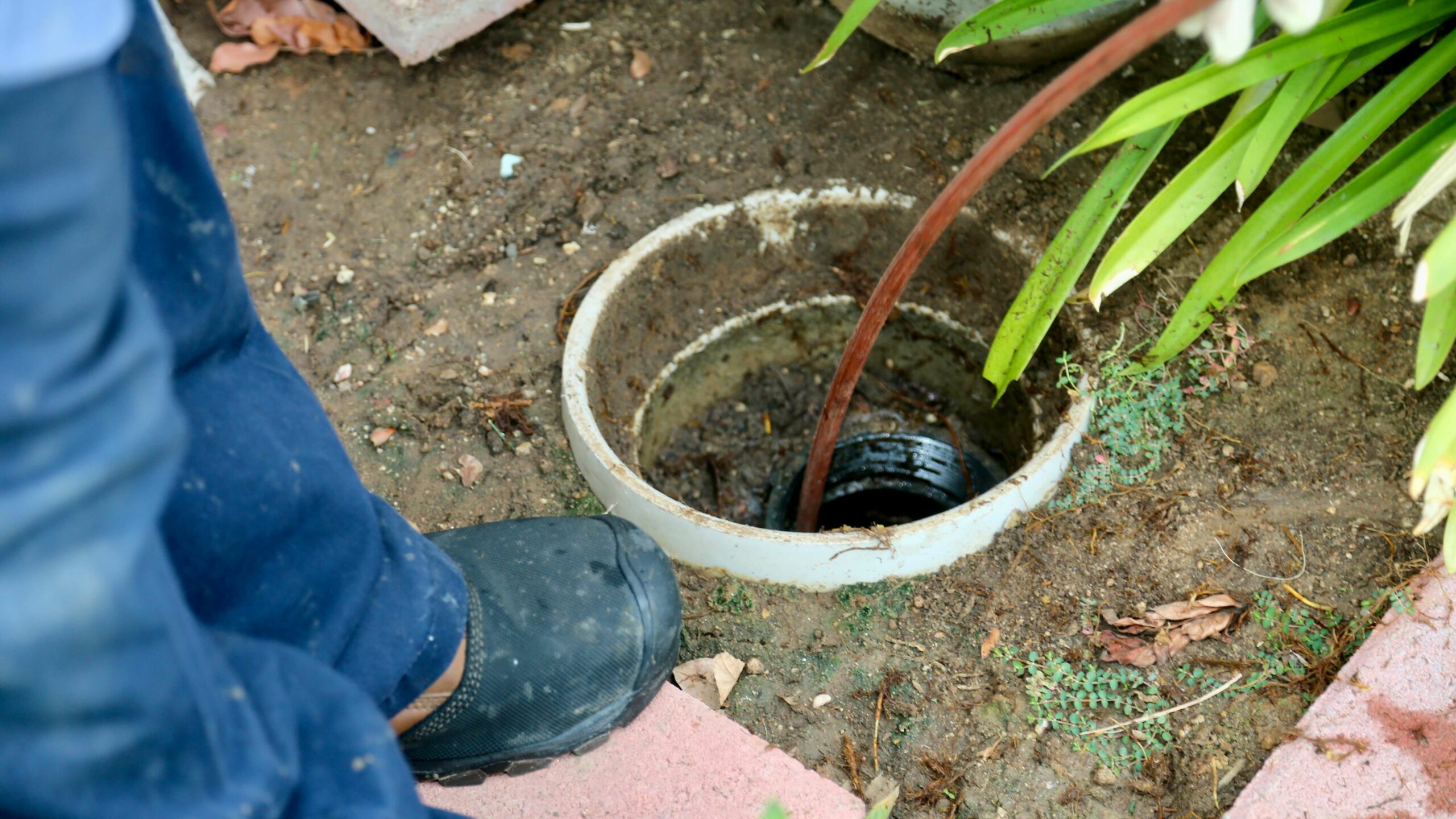Plumbing problems can occur anywhere, but kitchens tend to be among the most common service calls. It makes sense. There is more water management inside the kitchen than any other room in the house. Dishwashers, garbage disposals, refrigerators, drains, sinks, faucets, pipes, and valves can all become problematic over time, especially minor issues that can go unnoticed.
• Low Water Pressure. The most common problem with low water pressure in the kitchen is a clogged aerator (a filter at the end of your faucet) or a broken water–efficiency feature. These items are simple enough to clean or replace. But if an aerator is not the problem, it’s smart to call us to inspect your water valve, main shutoff valve, and pressure regulator.
• Leaking Faucets. Kitchen faucets tend to be the most used faucets in the house. They are especially susceptible to leaks because many of them service two sinks. As joints and washers become worn out by water being forced through the valve set or constant use, replacing an O-ring seal or the entire faucet may make sense. When looking for leaks, make it a point to check under the sink. Slow, unseen leaks can cause much more damage to your home.
• Garbage Disposals. They handle a ton of waste, much more than they were designed to handle. Small, hard objects like popcorn kernels or a piece of bone can also jam the blades. Clean out the jam and try resetting the disposal, running cold water through it for about 15 seconds before trying it again. And, over time, ground food particles can accumulate where the disposal feeds into the drainage pipe. Most garbage disposals last between 12-15 years.
• Clogged Sinks. If the disposal isn’t doing its job (or even if it is) material can build up in the pipes below the sink. It helps to understand how it works. The P-shaped pipe assembly is a trap to pull water down by gravity into the curved section of the pipe. Even soap scum will eventually clog a kitchen sink. Oil, dirt, and other debris sometimes need to be cleaned out by a professional.
• Refrigerator Leaks. Because so many refrigerators have ice makers and water dispensers, they have caused an increase in kitchen water damage. Water from the water line, ice maker, coolant, or condensation can cause damage. Leveling a refrigerator will fix many problems, but leaks need to be addressed as soon as possible. When you clean under or behind a refrigerator, always check for pooling or dampness — especially around the wall. An unnoticed leak can be a precursor to mold.
• Dishwasher Leaks. A bad float switch, broken spray arm, or worn gasket can all cause barely noticeable leaks in and around the dishwater. One of the most common issues is an ill-fitting drainage hose that connects to the garbage disposal. If this is the problem, you may notice excess runoff overflowing into the sink. A professional can fix the issue simply by replacing the hose.
• Sink Valves. The water shutoff valves at the wall under your sink tend to have a life expectancy of 15-25 years before becoming corroded. Even if minor corrosion doesn’t seem problematic, it’s important to service the valves regularly. The last thing a homeowner wants is a valve leak that cannot be shut off or a shutoff valve that is frozen in an open position.
By inspecting every area of your kitchen for dampness, pooling, corrosion, or a change in water pressure or drainage, you will increase the likelihood of catching small problems before they become major catastrophes like uncontrolled leaks that require a water main shut-off to prevent water damage or small, unnoticed leaks that create a breeding ground for mold. Most Las Vegas mold issues in the kitchen are caused by small leaks in the walls.
Dan Gonzalez of Flush It has been fixing plumbing issues in the greater Las Vegas area, including North Las Vegas and Henderson, for more than a decade. If you suspect a plumbing problem in Las Vegas, schedule a service, and we’ll thoroughly inspect the issues for you. You can also schedule Las Vegas plumbing inspections on a regular basis. If we find a problem during any seasonal inspection, the inspection cost will be credited to your repair!






